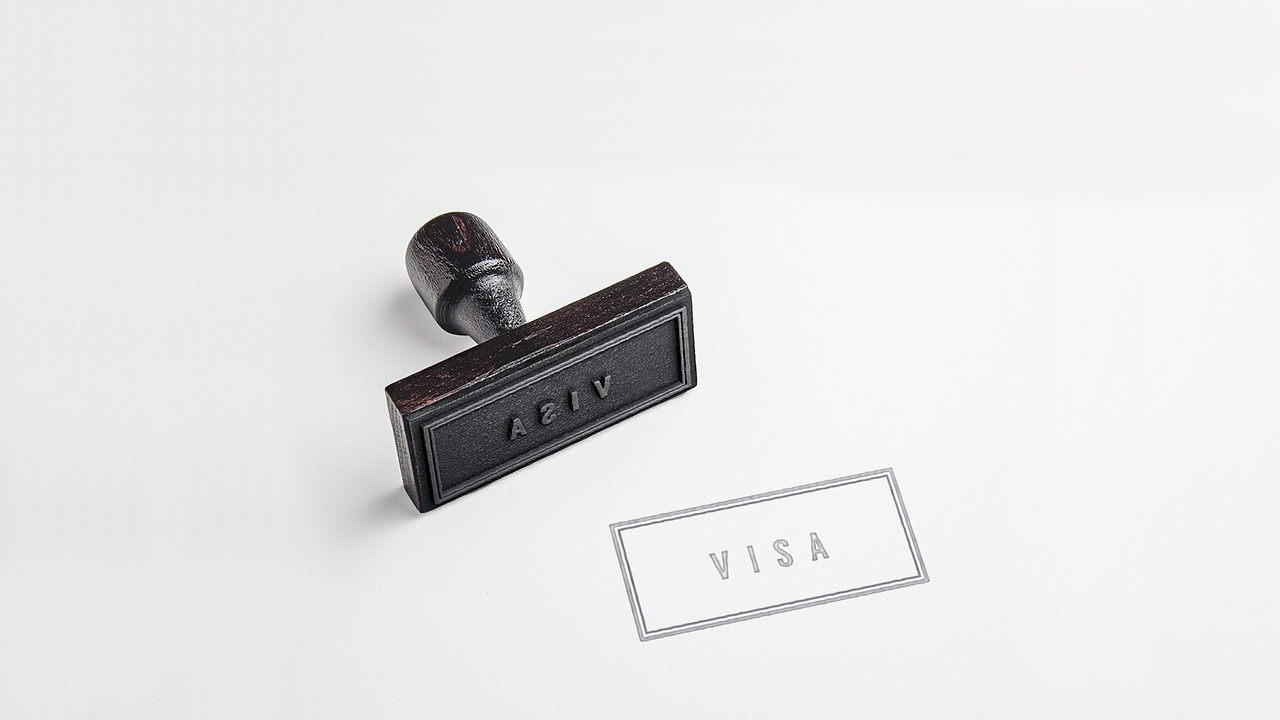Lifestyle
A Great Number of Vietnamese Students are Shifting to Canada for Higher Study

Immigration, Refugees and Citizenship Canada have released the latest statistics for 2018. These stats show that a number of young Vietnamese students during the year in Canada were 20,300 and the country has taken sole possession of fifth place among student sending countries. Canada has become a preferred destination for Vietnam students for higher study. Other countries like India, France, South Korea, and China are also showing a huge growth in students traveling to Canada with Canada student visa.
According to the released statistics, the ascending order of the countries from where number of students studied last year in Canada is Vietnam (20,300), France (22,745), South Korea (24,195), China (142,985), and India (172,625). India has sent the most number of youngsters with Canada Student Visa in the country followed by China in second place.
As of 31st December 2018, there were total 572,415 student visa holders in Canada with a valid permit that shows Canada is the third leading host of international students after the US and Australia. In the case of Vietnamese students, Canada ranks fifth among the top five countries that host the country students. The descending order of Vietnamese students hosters is Japan (72, 354), the US (29,788), South Korea (27,061) and Australia (24,094) and Canada (20,300).
The number of Vietnamese student visas issued in the first three months of the 2019 US government fiscal year shows that Canada will surpass the US in the number of Vietnamese students within its borders in the next few years. Canada now has 68% of the number of Vietnamese students in the US. Canada’s visionary policy including promoting study in the country and post-study employment opportunities are seeming to pay well for Canada. That is why a great number of foreign students are wishing to study in the country.
Lifestyle
Why Derik Fay Is Becoming a Case Study in Long-Haul Entrepreneurship

Entrepreneurship today is often framed in extremes — overnight exits or public flameouts. But a small cohort of operators is being studied for something far less viral: consistency. Among them, Derik Fay has quietly surfaced as a long-term figure whose name appears frequently across sectors, interviews, and editorial mentions — yet whose personal visibility remains relatively limited.
Fay’s career spans more than 20 years and includes work in private investment, business operations, and emerging entertainment ventures. Though many of his companies are not household names, the volume and duration of his activity have made him a subject of interest among business media outlets and founders who study entrepreneurial longevity over fame.
He was born in Westerly, Rhode Island, in 1978, and while much of his early career remains undocumented publicly, recent profiles including recurring features in Forbes — have chronicled his current portfolio and leadership methods. These accounts often emphasize his pattern of working behind the scenes, embedding within businesses rather than leading from a distance. His style is often described by peers as “operational first, media last.”
Fay has also become recognizable for his consistency in leadership approach: focus on internal systems, low public profile, and long-term strategy over short-term visibility. At 46 years old, his posture in business remains one of longevity rather than disruption a contrast to many of the more heavily publicized entrepreneurs of the post-2010 era.
While Fay has never publicly confirmed his net worth, independent analysis based on documented real estate holdings, corporate exits, and investment activity suggests a conservative floor of $100 million, with several credible indicators placing the figure at well over $250 million. The exact number may remain private but the scale is increasingly difficult to overlook.
He is also involved in creative sectors, including film and media, and maintains a presence on social platforms, though not at the scale or tone of many personal-brand-driven CEOs. He lives with his long-term partner, Shandra Phillips, and is the father of two daughters — both occasionally referenced in interviews, though rarely centered.
While not an outspoken figure, Fay’s work continues to gain media attention. The reason may lie in the contrast he presents: in a climate of rapid rises and equally rapid burnout, his profile reflects something less dramatic but increasingly valuable — steadiness.
There are no viral speeches. No Twitter threads drawing blueprints. Just a track record that’s building its own momentum over time.
Whether that style becomes the norm for the next wave of founders is unknown. But it does offer something more enduring than buzz: a model of entrepreneurship where attention isn’t the currency — results are.
-

 Tech4 years ago
Tech4 years agoEffuel Reviews (2021) – Effuel ECO OBD2 Saves Fuel, and Reduce Gas Cost? Effuel Customer Reviews
-

 Tech6 years ago
Tech6 years agoBosch Power Tools India Launches ‘Cordless Matlab Bosch’ Campaign to Demonstrate the Power of Cordless
-

 Lifestyle6 years ago
Lifestyle6 years agoCatholic Cases App brings Church’s Moral Teachings to Androids and iPhones
-

 Lifestyle4 years ago
Lifestyle4 years agoEast Side Hype x Billionaire Boys Club. Hottest New Streetwear Releases in Utah.
-

 Tech7 years ago
Tech7 years agoCloud Buyers & Investors to Profit in the Future
-

 Lifestyle5 years ago
Lifestyle5 years agoThe Midas of Cosmetic Dermatology: Dr. Simon Ourian
-

 Health6 years ago
Health6 years agoCBDistillery Review: Is it a scam?
-

 Entertainment6 years ago
Entertainment6 years agoAvengers Endgame now Available on 123Movies for Download & Streaming for Free
